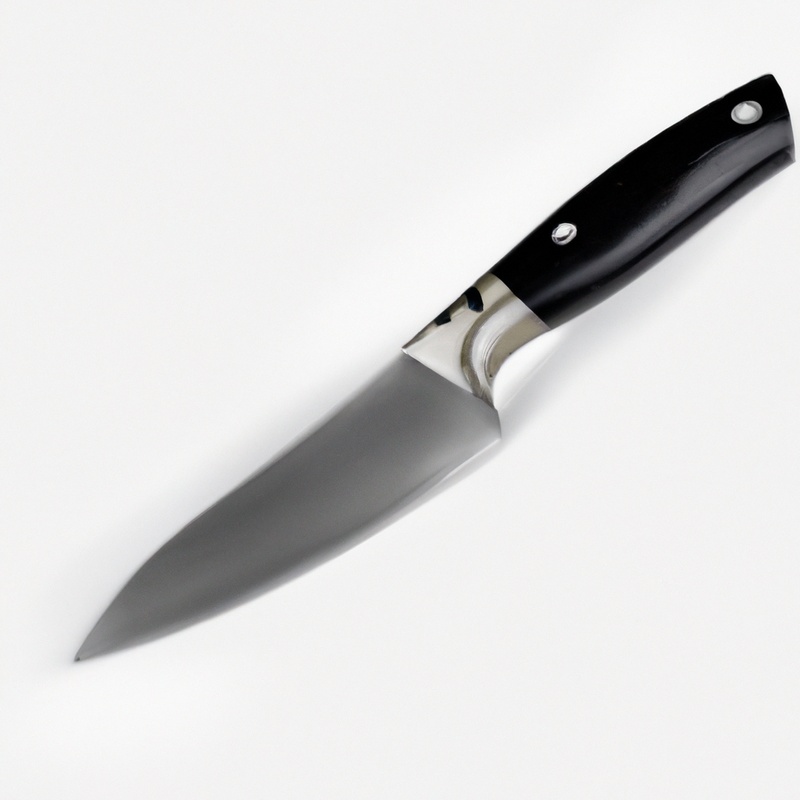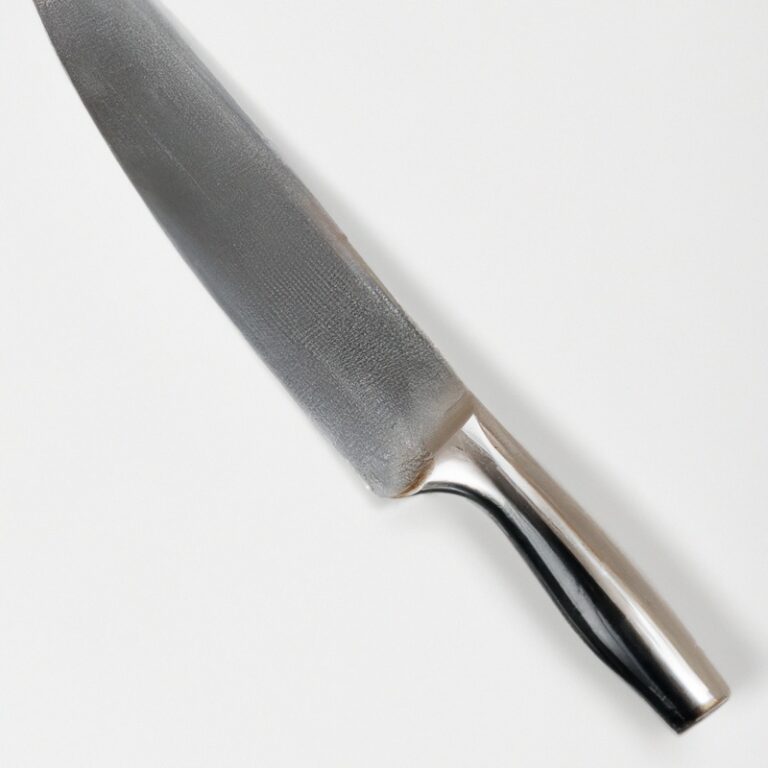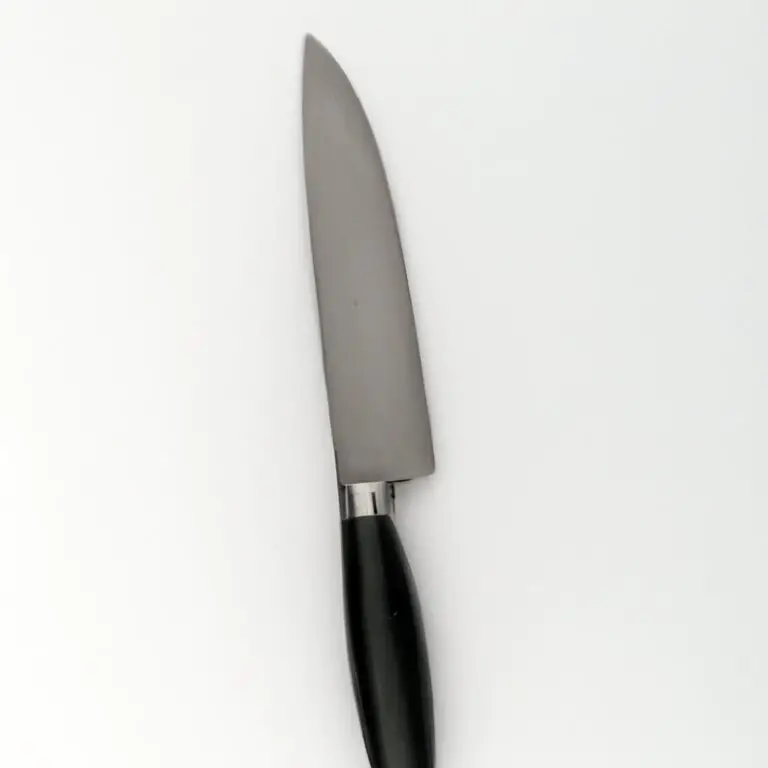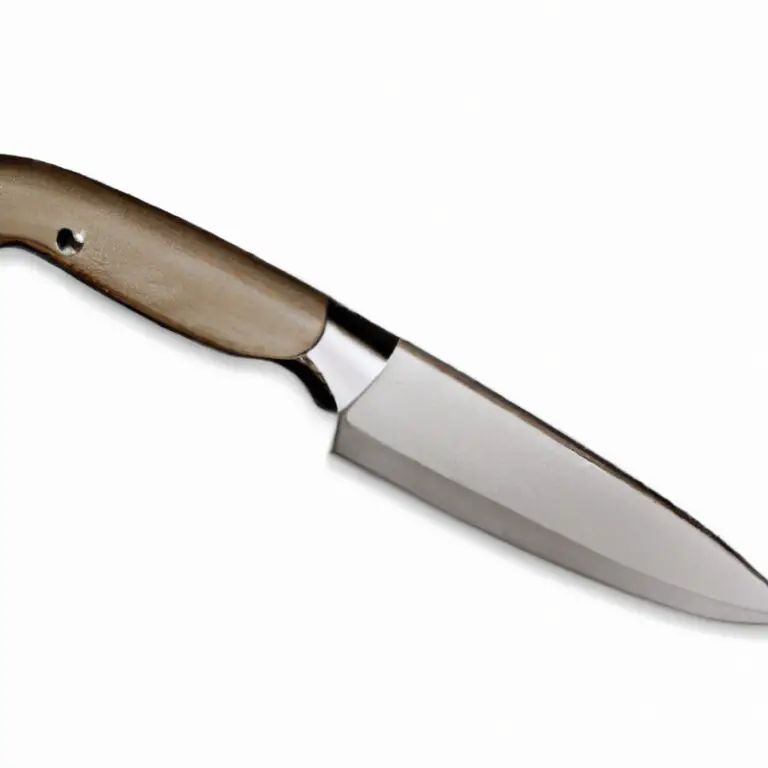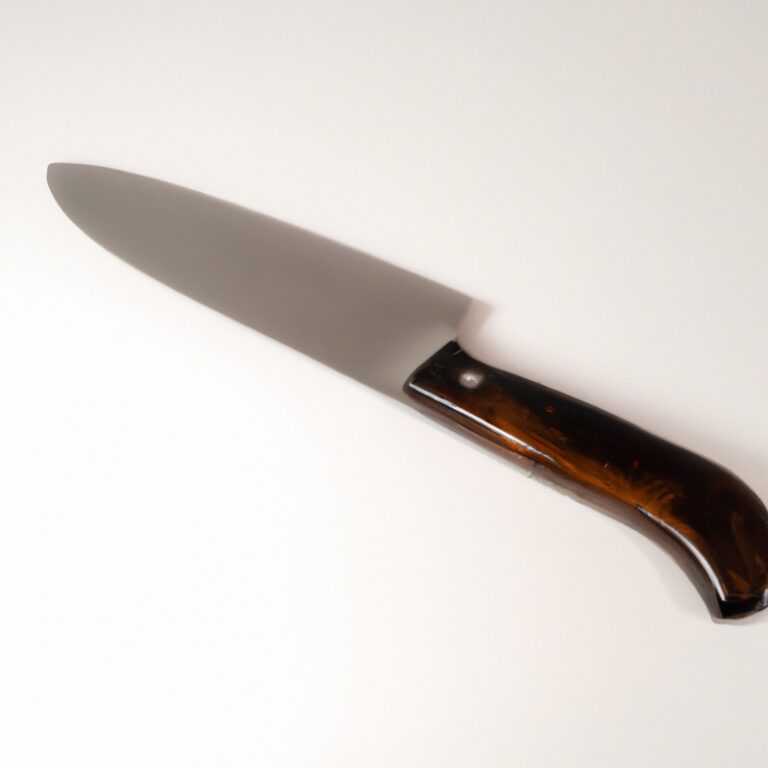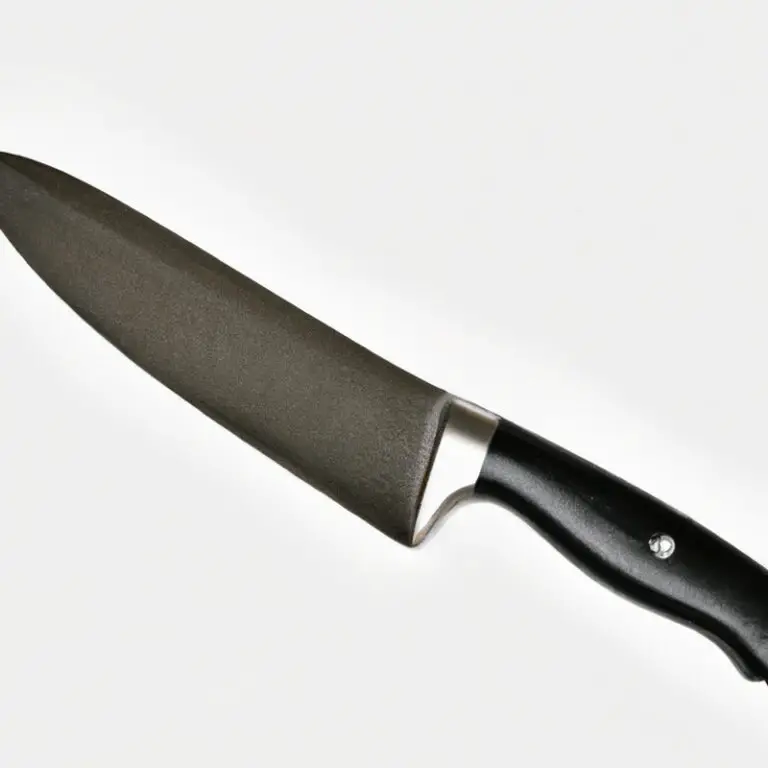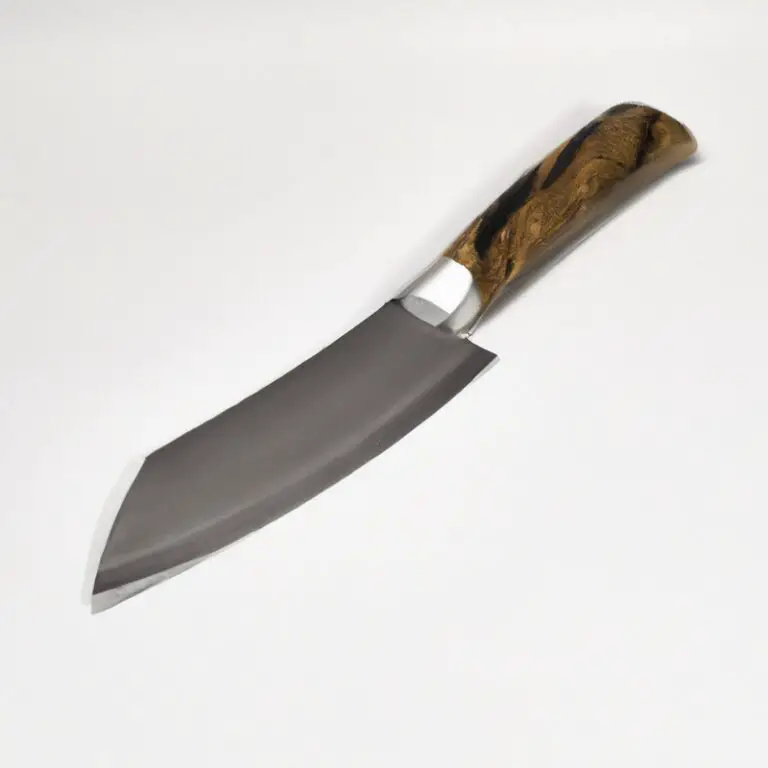How To Fillet a Fish With a Fillet Knife? – Expert Tips For Perfect Filleting
Key Takeaways:
- A sharp fillet knife is essential for achieving a clean, precise cut when filleting fish.
- Knowing the anatomy of the fish and the proper techniques for positioning the knife can make the filleting process easier and more efficient.
- Practice, patience, and a steady hand are key to improving your filleting skills over time.
- Proper cleaning and storage of the fillet knife can help to prolong its lifespan and ensure safe and sanitary food preparation.
Want to learn how to fillet a fish like a pro? Filleting a fish can be a daunting task, but with the right tools and technique, it can be a breeze.
In this article, I’ll guide you through the step-by-step process of filleting a fish with a fillet knife.
From choosing the right knife to properly cleaning it after use, I’ll cover every aspect of fish filleting. Whether you’re an avid angler or just looking to cook your catch of the day, mastering this skill will take your cooking game to the next level.
So, let’s dive in!
| Steps | Instructions |
|---|---|
| Step 1: | Place the fish on a clean work surface, with its belly facing towards you, and secure it with a clamp or by holding it down with your non-dominant hand. |
| Step 2: | Insert the tip of the fillet knife behind the gills and cut down towards the spine. Turn the blade so that it’s parallel to the spine and cut along the backbone, gradually loosening the fillet from the fish. Continue until you reach the tail. |
| Step 3: | Lift the fillet, use the knife to cut the flesh from the rib bones, and remove any remaining bones or skin. Flip the fish over and repeat on the other side. |
| Step 4: | Rinse the fillets with cold water and pat dry with paper towels. Store in an airtight container in the refrigerator until ready to use. |
Choosing the Right Fillet Knife
Choosing the right fillet knife is crucial for filleting fish properly. A fillet knife typically has a thin and flexible blade that makes it easy to maneuver around bones and joints.
When shopping for a fillet knife, look for a blade length of 6 to 9 inches, which is ideal for most sizes of fish.
The blade should be made of high-carbon stainless steel to ensure durability and rust resistance. A non-slip handle is important to prevent accidents and ensure a comfortable grip while filleting.
Consider the weight of the knife as well, as a lightweight knife is easier to handle.
Lastly, choose a fillet knife from a reputable brand known for producing quality knives. With the right fillet knife, filleting fish can be a breeze.
Preparing the Fish for Filleting
Before you start filleting the fish, make sure it is properly cleaned and gutted. Rinse the fish under cold water and pat dry with a paper towel.
Lay the fish on a cutting board, with the belly facing up towards you.
Use a sharp knife to remove the fins and tail to prevent them from getting in your way as you fillet. Then, use a scaler or the back of a knife to remove the scales, starting from the tail and working towards the head.
Finally, cut off the head just behind the gills.
Your fish is now ready for filleting.
Removing the Fish Scales
To remove the scales from a fish, use a scaler or the back of a knife and scrape from the tail to the head. Ensure that you cover all areas of the fish and remove all the scales.
It is essential to clean the scales thoroughly before proceeding with filleting.
Avoid scaling too hard to prevent scraping off the skin. Once scaled, rinse the fish under running water and pat dry before continuing with the filleting process.
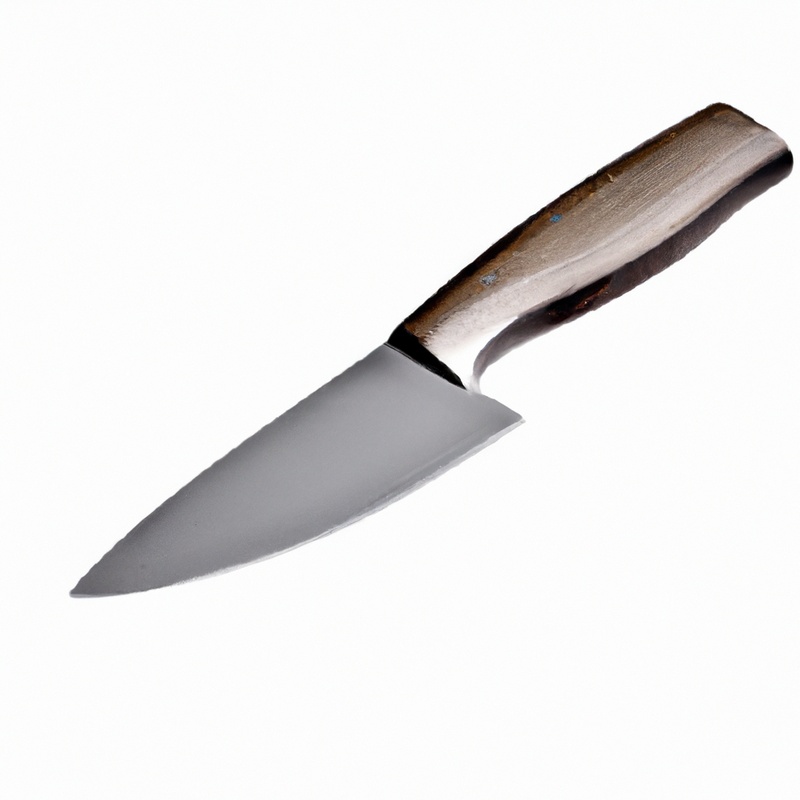
Cutting off the Fish Head
Cutting off the fish head is an essential step in filleting a fish. To do this, place the fish on a flat surface and use a sharp fillet knife to make a cut behind the gills, running all the way down to the spine.
Then turn the fish over and repeat the process from the other side.
This will separate the head from the body, allowing you to move on to the next step of filleting. It’s important to use a sharp knife to make this cut to avoid damaging the fish’s flesh.
Additionally, cutting off the head makes it easier to remove the fish’s internal organs, ensuring a cleaner and better-tasting fillet.
Making the First Incision
To begin filleting a fish, the first step is to make the first incision. This is the most crucial step as it sets the stage for the rest of the filleting process.
It is important to use a sharp fillet knife for this step.
Start by placing the fish on a cutting board with its head facing away from you. Hold the fish firmly with your non-dominant hand and use your dominant hand to make an incision along the spine, starting from the head and ending at the tail.
Remember to apply even and consistent pressure while cutting.
Once the incision is made, use the tip of your fillet knife to cut down to the spine. Be sure to keep the knife close to the bones but not too close as to avoid cutting through them.
This step will help you to separate the meat from the bones and the skin.
Removing the Fish Fillet
To remove the fish fillet, use the tip of the fillet knife to separate the fillet from the bones. To do this, gently insert the fillet knife between the meat and the bones, and guide the blade along the spine, moving from the head to the tail.
Once the fillet is separated from the bones, use the knife to cut through the small bones near the tail.
Flip the fish over and repeat the process on the other side to remove the second fillet. Take extra care when removing the fillet to avoid any bones left behind in the fillet.
Removing the Fish Skin
To remove the fish skin, place the fillet skin down on the cutting board. Hold the fillet firmly by the tail end and insert the fillet knife blade between the skin and the flesh at a slight angle.
Use a back-and-forth sawing motion while pulling the skin away with your other hand.
Make sure to remove all the skin and any remaining bones attached to it. Discard the skin and repeat the process on the other side of the fillet.
Removing the skin leaves you with a boneless and skinless fish fillet ready for cooking.
Trimming the Fish Fillet
Once you have removed the fish skin, it’s time to trim the fillet. Trim off any remaining bones, fat or dark flesh using a sharp fillet knife.
Run your finger along the fillet’s surface to feel for any bones or small scales that may have been left behind.
If needed, use a pair of pliers or tweezers to remove any leftover bones. Remember to trim only the necessary parts and avoid cutting away too much of the fish meat.
Once the trimming is complete, you’re left with a clean and boneless fish fillet ready to be cooked.
Repeat on the Other Side of the Fish
Repeat on the Other Side of the Fish: Once you have successfully filleted one side of the fish, it’s time to repeat the process on the other side. Flip the fish over and follow the same steps of making a small incision behind the gills, cutting along the backbone to the tail, and removing the fillet from the skin.
Make sure to use a sharp fillet knife and take your time to avoid bones and waste.
With practice, you’ll become more proficient at filleting and save time in the long run.
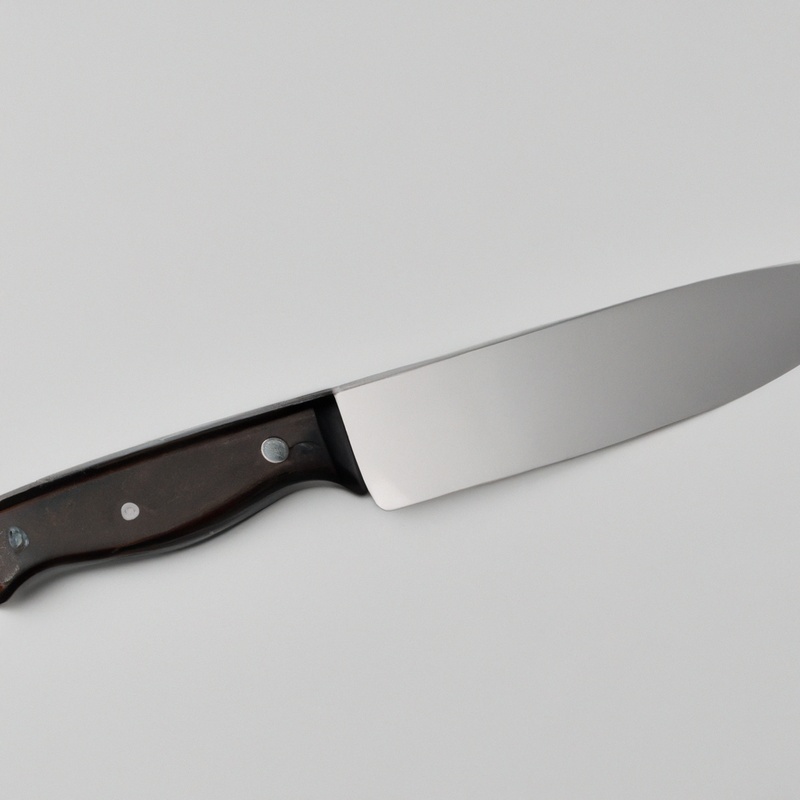
Properly Cleaning the Fillet Knife After Use
After using the fillet knife to cut and trim the fish, it is essential to clean it properly to maintain its functionality and prevent contamination. To clean the fillet knife after use, first, rinse it under running water to remove any fish scales or meat residue.
Then, use a mild dishwashing soap or detergent to wash the blade and handle thoroughly.
Ensure that you clean all the grooves and corners of the blade to remove any dirt or debris. After washing, rinse the knife with warm water and dry it thoroughly with a clean towel.
It is crucial to store the fillet knife in a dry and safe place, away from other sharp objects.
Also, avoid putting it in the dishwasher, as the harsh detergents and high temperatures can damage the blade and handle of the knife. Properly cleaning and storing your fillet knife after use not only helps it to last longer but also ensures that it remains hygienic for future use.
Final Verdict
Filleting a fish with a fillet knife may seem like a daunting task, but with the right tools and techniques, it can be a simple and rewarding experience. Choosing the right fillet knife, properly preparing the fish, and mastering the technique for removing the fillet are essential for success.
Remember to take precautions when working with sharp knives and always clean your fillet knife properly after use.
By following these steps, you can ensure that you are getting the most out of your catch and enjoying delicious homemade fish dishes. Trust in your skills and don’t be afraid to keep practicing to master the art of fish filleting with confidence.

